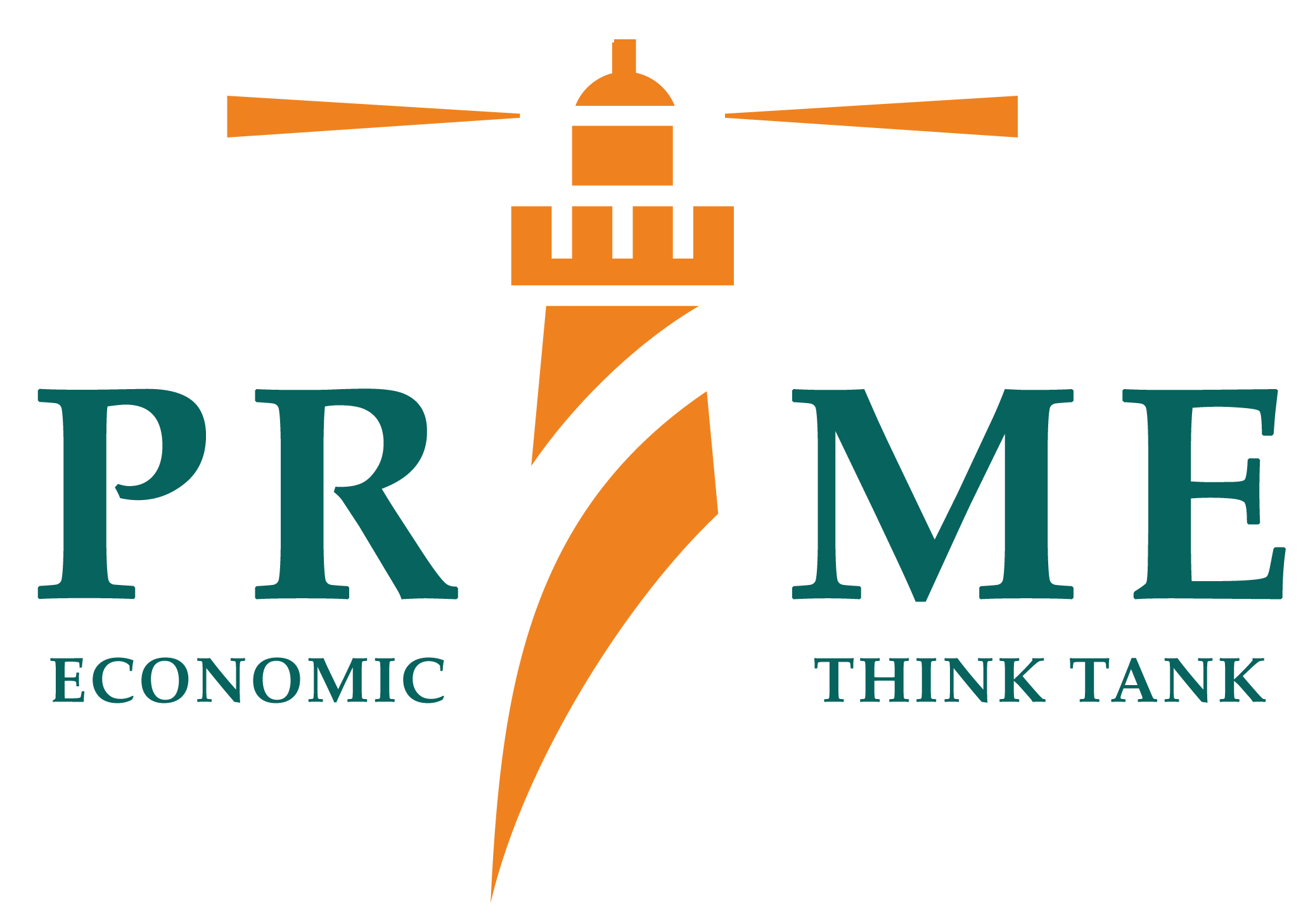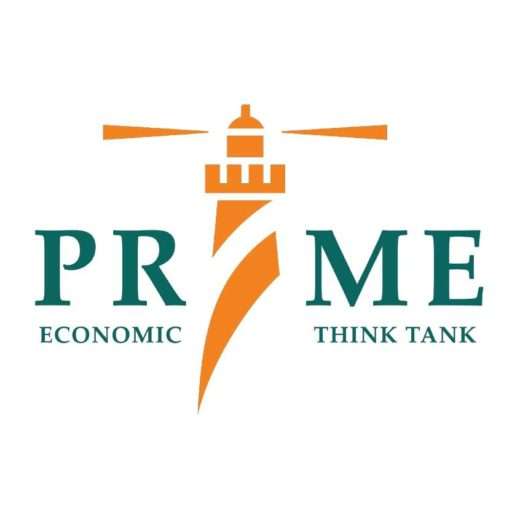The term “E-commerce” refers to the production, distribution, marketing, sale or delivery of goods and services through electronic means. E-commerce is vital in the economic development of a country as it increases accessibility of products to customers from a wide array of sellers all of whom are spread across a wide geography.
Lately, e-commerce has taken the world by surprise and now Pakistan is also catching up e-commerce market with leaps and bounds. Owing to the development of IT industry in Pakistan, people are now exploring various ways of expanding their businesses. Numerous retailers are now using websites to sell goods to the customers. The statistics of State Bank of Pakistan reveal the size of the e-commerce industry to be Rs. 99.3 billion as of 2018 with a year-on-year growth of 92 percent.[1] The e-commerce sales are projected to exceed $1 billion[2] by 2020 due to increasing internet penetration and expanding economic activity.
Despite the commendable growth, e-commerce providers in Pakistan continue to face numerous challenges. These challenges remain more arduous for those engaged in cross-border trade. In this context, the randomly selected respondents of our survey (e-commerce providers/e-exporters)[3] reported a variety of issues pertaining to policy, rules and regulations in addition to internal and external capacity constraints. Results of survey reveal 50 percent of the respondents export goods and services digitally to European markets (Germany, Italy, Denmark, France, Britain, Spain, Switzerland, Austria, Ireland etc.) while 33 percent export to North America (US and Canada). On the other hand, 17 percent export to Africa (Kenya & Uganda), Australia and some Asian markets (Afghanistan, Cambodia, Philippines and Uzbekistan).


